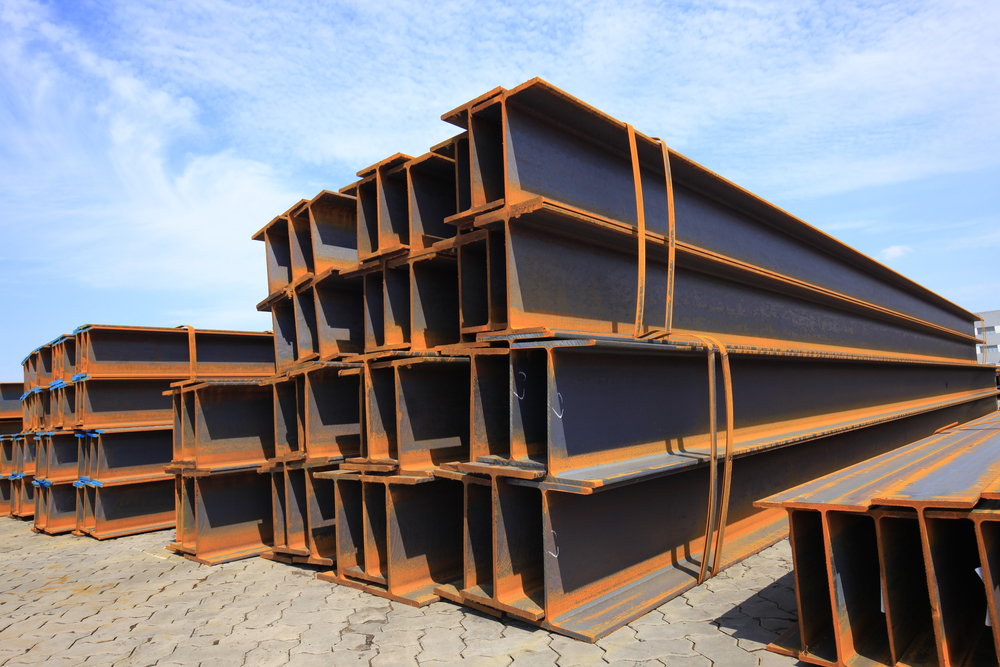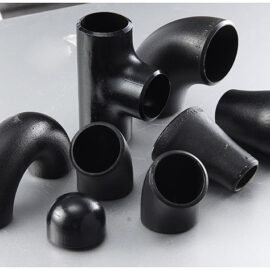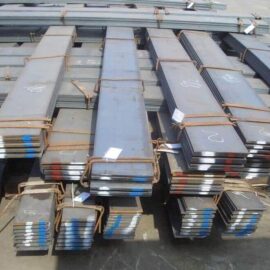BEAMS
Structural Beams are also known as I Beams or H Beams, and W Beams for the wider flanged versions. Some construction companies refer to them as Universal Beams or Rolled Steel Joists (RSJ). Typically they are used in the construction of buildings for structural support. The part of the Structural Beam that provides resistance to shear forces (breaking, tearing apart, or collapsing) is the web, while the flanges resist the bending movement of the section.
In Canada and the United States, steel I-beams are commonly specified using the depth (in inches) and weight of the beam (in pounds per foot). For example, a “4 x 13” I-beam is approximately 4 inches in depth (the measurement taken from the outer face of the first flange, to the outer face of the opposite flange). This channel would weigh approximately 13 pounds per foot (note that wide flange beams can often vary from the mill listed depth measurement).
In Canada, certain steel I-beams may be available in metric, and while depth and weight of the beam are in metric terms, the way they are measured is very similar. An example would be a “W250x33” beam which is approximately 250 millimeters in depth and weighs approximately 33 kg per metre.
In the United Kingdom, Universal Beams or Columns are commonly specified with a code consisting of the depth (the measurement taken from the outer face of the first flange, to the outer face of the opposite flange), the flange width and the kilograms per metre. The code can end with the section type (Such as UB – Universal Beam or UC – Universal Column). All measurements are in metric.












